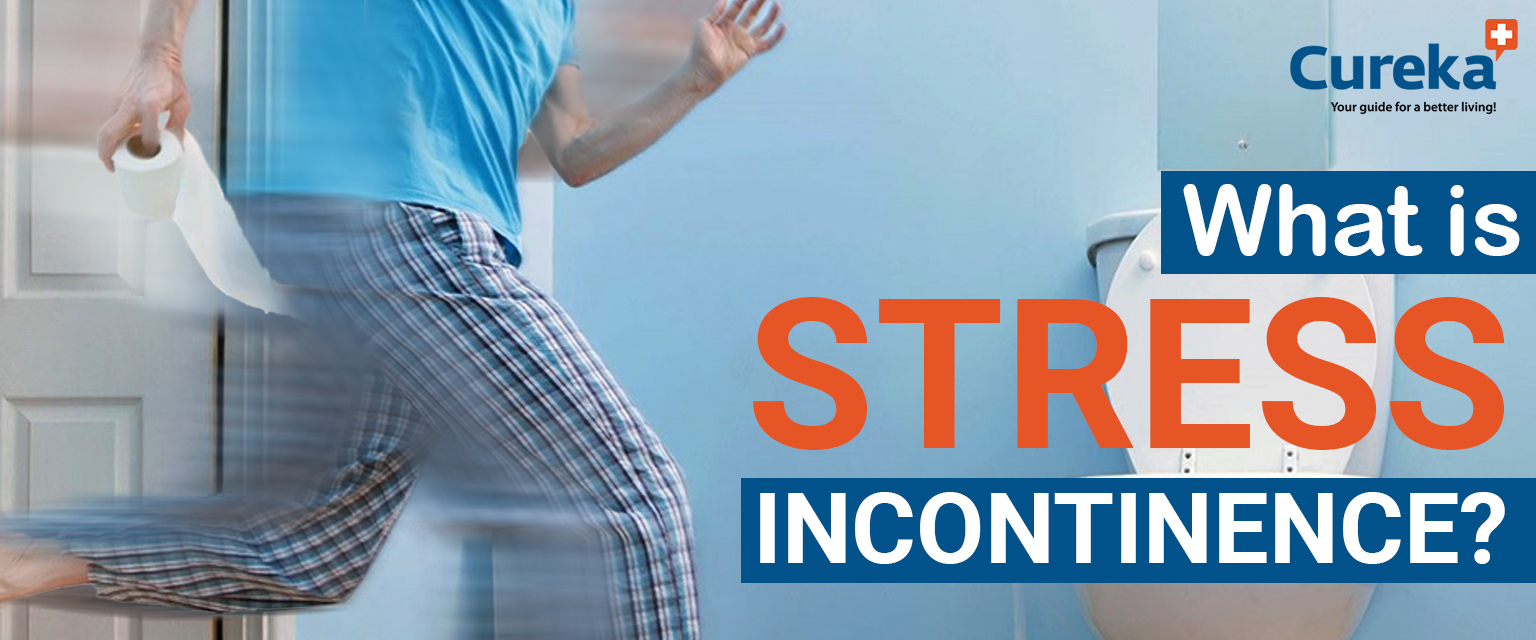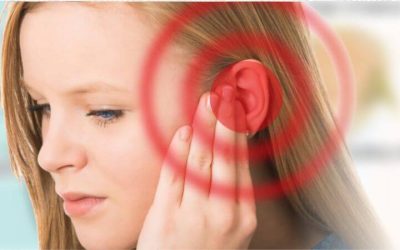What is Stress Incontinence?
What is Stress Incontinence?
Urinary stress incontinence takes place when activities like exercising, coughing, or sneezing cause some urine to leak from the urethra. The urethra is the tube from where urine passes. Stress Incontinence is the most common type of incontinence suffered by women. It may affect women of all ages, but is more often faced by older women.
Causes
Stress incontinence, particularly in women, is sourced by physical changes in the body. The cause for the changes may include:
- Childbirth
- Damaged muscles around a bladder
- Menopause
- Menstruation
- Pelvic Surgery
- Pregnancy
- Problems with bladder muscles
Symptoms
The key symptom of stress incontinence is urine leakage, during physical activity or movement. These activities could include coughing, laughing, lifting, or exercising. The leakage might be as few as 1-2 drops or might be a flow of urine.
Treatment
Stress incontinence treatment varies as per the fundamental cause of the problem. Your physician can help you with the treatment plan. Following certain lifestyle adjustments and medications, the issue can be kept at bay.
- Behavioural Therapy
You may require alteration of your lifestyle, in order to reduce stress incontinence episodes. If you’re overweight, your doctor might advise weight loss. You could also try and avoid activities that cause leakage, such as jogging or jumping.
Nicotine may irritate the bladder and might result in incontinence. All smokers need to quit smoking. The continuous cough seen in smokers also adds to the problem. Also, avoid alcohol and caffeine as these substances irritate the bladder. You may need to cut back on your overall fluid intake, to reduce the bladder pressure.
- Training of Pelvic Muscle
For women, training of pelvic muscles may help in treating stress incontinence. Doing Kegel exercises can make your pelvic muscles resilient. To do a Kegel, shrink the muscles used to stop the urine stream. It could be useful to practice Kegels when sitting on a toilet pot to help you study which muscles to utilize. When you master the exercise, do them anytime and anywhere.
One more treatment is electrical stimulation. It sends a slight electrical current using pelvic floor muscles. This current makes the muscles contract, simulating a Kegel exercise. You might contract muscles yourself afterwards, feeling precisely which muscles are constricting.
- Medicines
Presently, there are no FDA-approved medicines for treating stress incontinence. Both topical and oral estrogen supplements might help women. Antidepressants have shown some improvement in stress incontinence treatment.
Adult diapers are designed for people with stress incontinence. People with incontinence may also use these diapers while outdoors or according to their comfort. Under pads are also used to protect mattress from urine while sleeping.
- Surgery
In case of severe stress incontinence, your doctor might recommend surgery. Many types of processes are available as well as comprise vaginal repairs with other procedures for lifting the urethra and bladder. These surgeries are perfected constantly. An experienced surgeon can describe your available options.
During surgery, doctors will try and provide the bladder and urethra with extra support. The surgical process uses your tissues to make a support arrangement for the urethra.
A urologist (a doctor that specializes in the urinary tract) might also choose to inject collagen straight into helpful tissues of the urethra. It strengthens sphincter muscles by increasing the pressure on the urethra. The least aggressive surgical procedure is collagen injections for treating stress incontinence.
Conclusion
There are different ways of treating stress incontinence that can be tailored to what you require. If you are experiencing urine leakage while exercising or moving, consult your doctor. There is no need to suffer embarrassing instances of incontinence.














